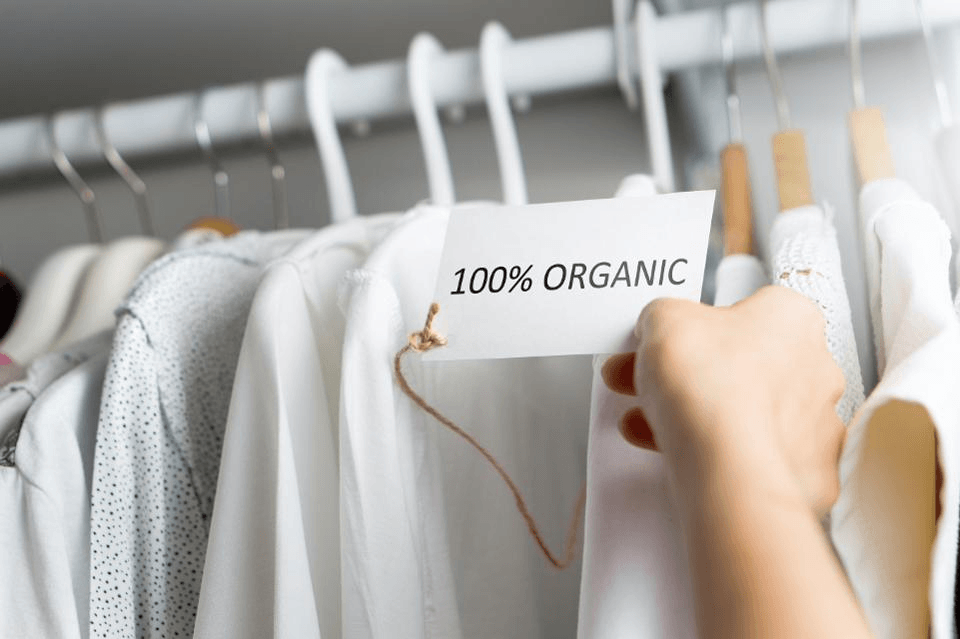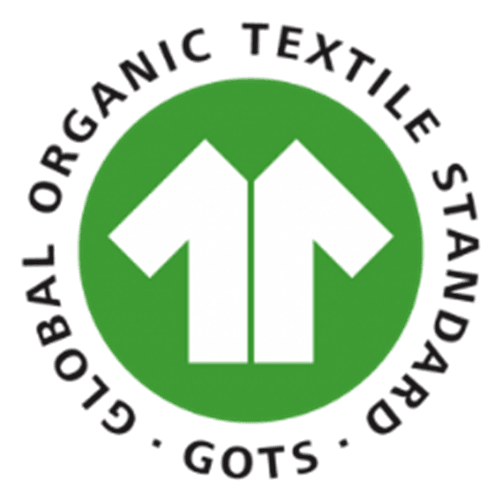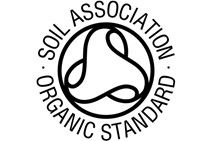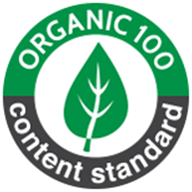
The Certifications to look out for and what they mean!

Global Organic Textile Standard (GOTS) – www.global-standard.org
Any product carrying the above certification must contain a minimum of 70% certified organic fibres AND meet a strict criterion in all downstream manufacturing processes. This certification ensures not only the product itself, but that the environmental and social criteria are met to the highest of standards. For a brief introduction to GOTS Certification and the criteria they set, check out they video on YouTube Here!

Soil Association – www.soilassociation.org
The above certification stamp means the item is made with organic fibres AND has been processed according to strict standard for ecological and socially responsible production along the whole supply chain. This means workers’ rights are protected, working conditions are safe and hygienic, only low impact dyes and inks are used, wastewater is treated properly and energy and water use is monitored effectively. This information was extracted from the Soil Association website, where they also provide information on the other industries they provide certification for. Including Food & Drink, Farming, Beauty & Wellbeing, Fashion & Textiles, Forestry and Foodservice.

Organic Content Standards (OCS) – https://bit.ly/3rPuffj
The Organic Content Standards (OCS) is a certificate granted to garments with 95-100% organic material. This certification not only verifies the presence and amount of organic material in a final product, but it also tracks the full cycle of raw material from its source to final product, ensuring that strict guidelines are adhered to throughout. OCS allows for transparent, consistent and comprehensive independent evaluation and verification of organic material content claim on products. Information used from the Control Union website as linked above, find out more there!
Do we recommend Organic products?
When we have the opportunity to, of course! Unfortunately, there is a cost difference between organic and non-organic clothing, which is a huge factor for business and non-business customers alike. Sigma Embroidery and Printing work tirelessly with our customers to ensure the best product fit for their requirements, and a lot of the time this comes down to a strict budget and therefore Organic garments aren’t a suggestion they need placed in front of them. However, a couple of suggestions if you’re actively looking to become more organic:
- Start small, allow 10% of your budget for Organic clothing and then 15% for your next order and so on. Organic material seems to be more durable than regular material as it’s thought that the regular fibres are damaged by the chemicals used which result in a lower quality textile. With this in mind your 10% (depending on industry) should outlive the rest of your order, in turn eventually your orders could become fully organic in the future.
- Do your research. Price difference isn’t always that big, and when it comes to quality and durability, the difference is needed.
- Test the research. Don’t take our word for it, or anyone else’s for that matter. Kit yourself out in organic clothing, or ask for samples without branding. Feel the difference, see the difference and see whether it outlives the other garments. Organic clothing isn’t ideal for all industries, but suppliers are developing organic textiles more and more each year to match the needs of the consumer.
Still Unsure?
Then get in touch with the team at Sigma Embroidery and Printing today! We can offer you free advice and the right plan for you. No pressure, no pushy sales, just information and a friendly approach. We pride ourselves on the communication and service we provide our customers, but don’t take my word for it; check out our Testimonials page on our website.

